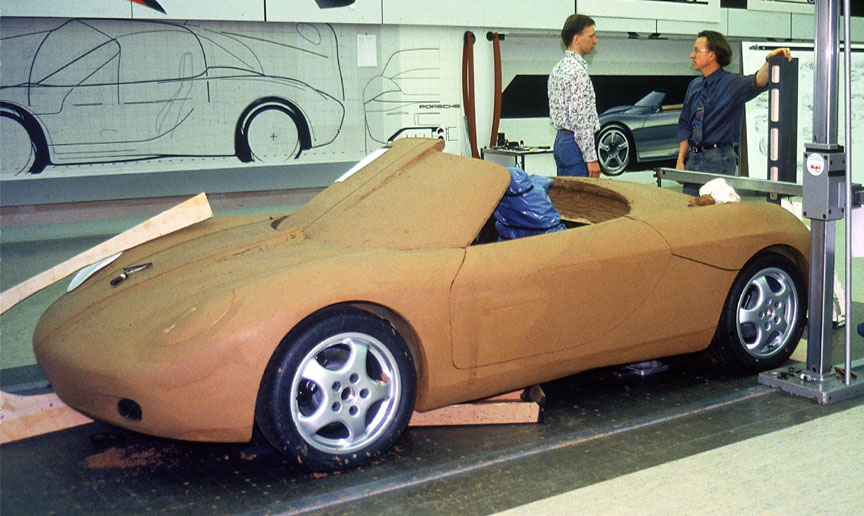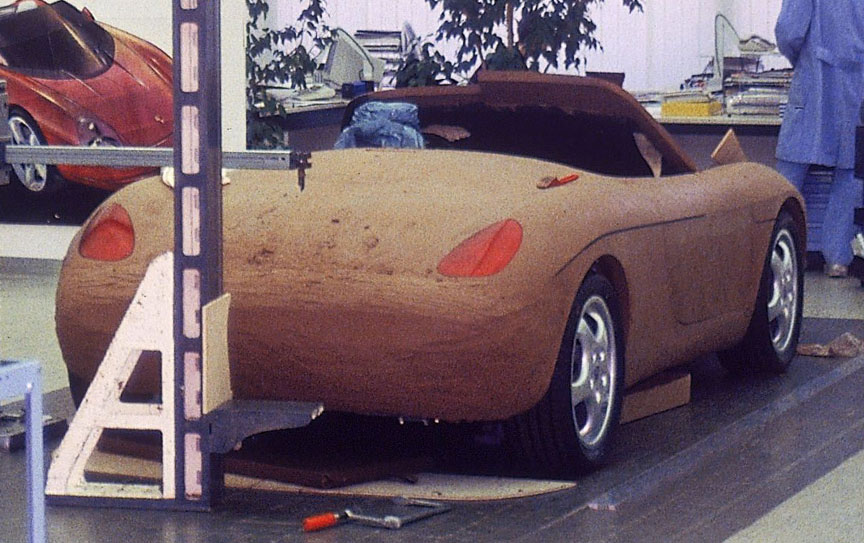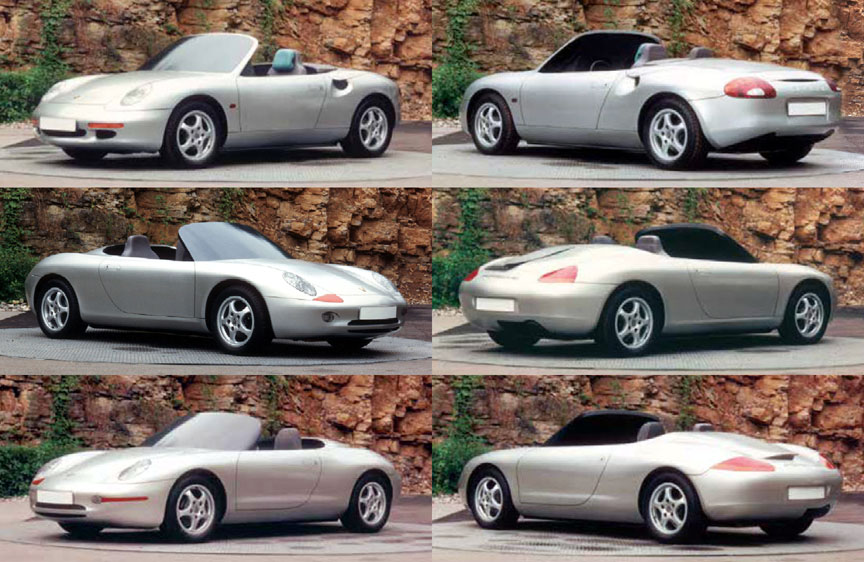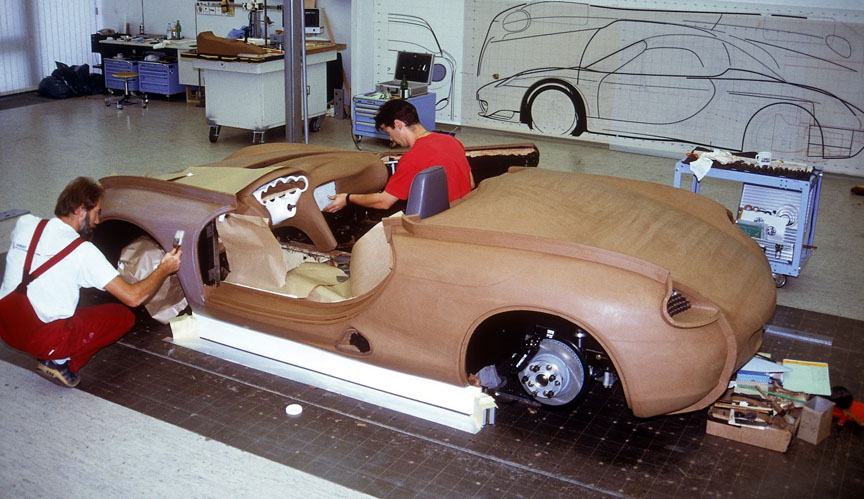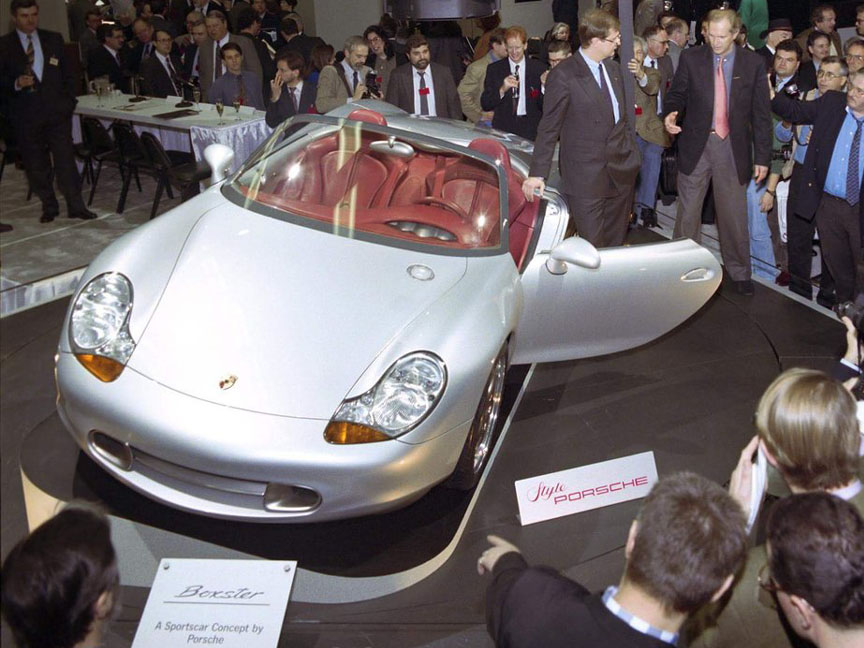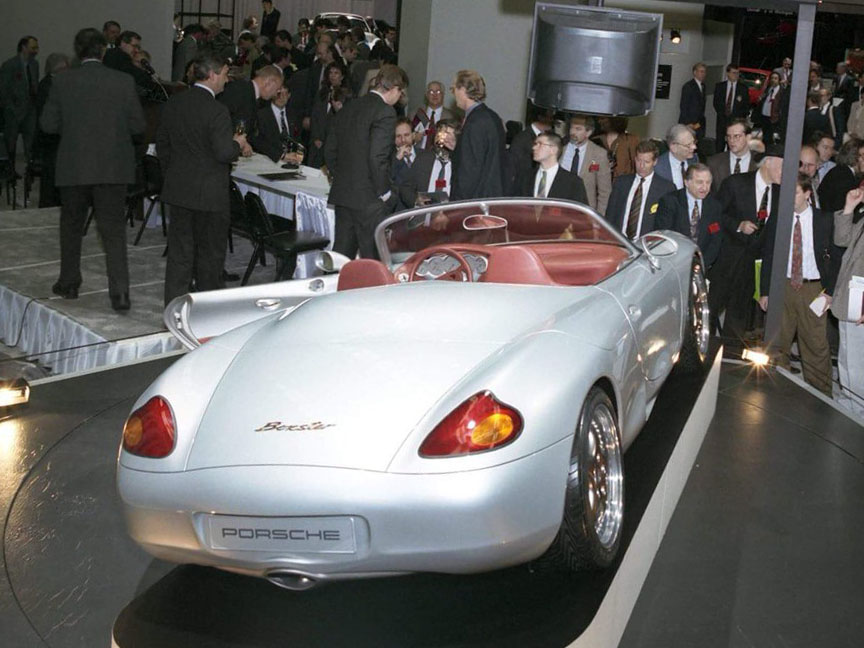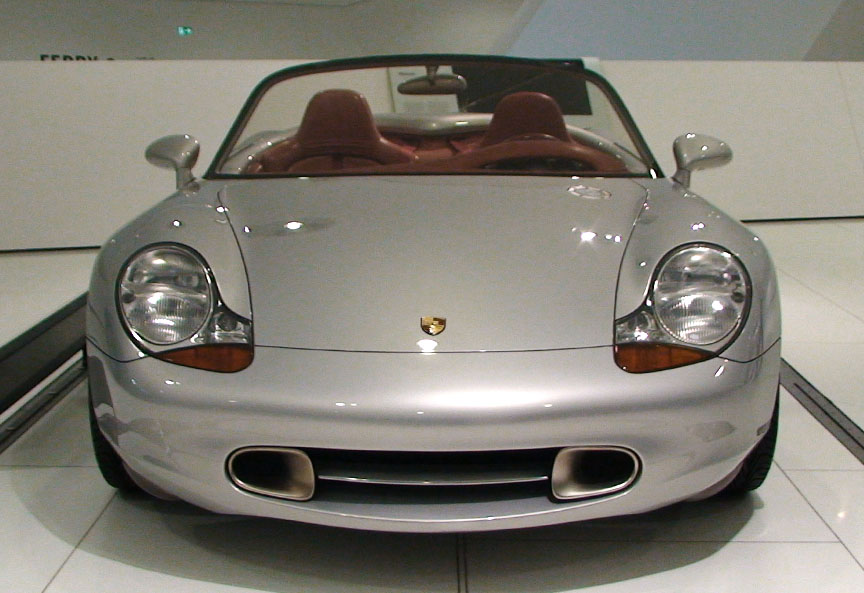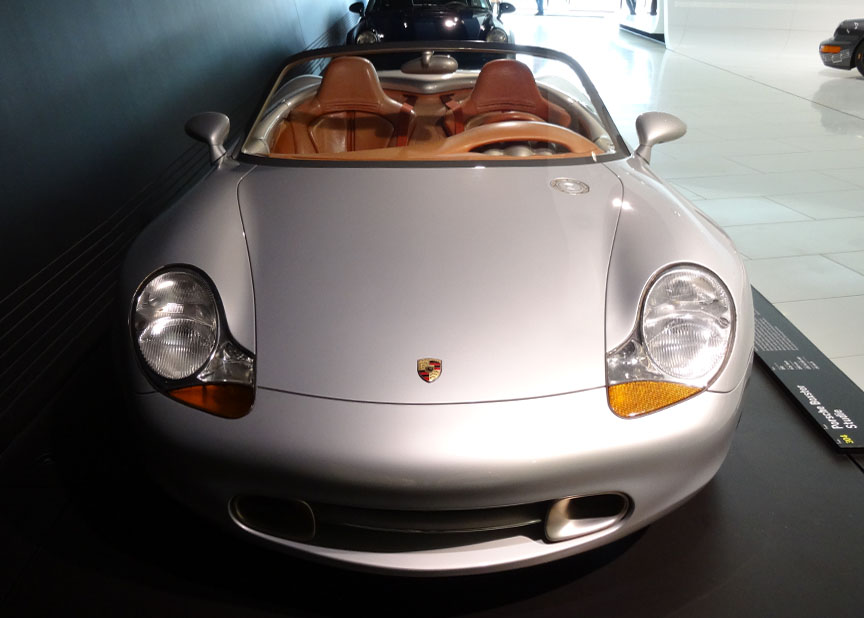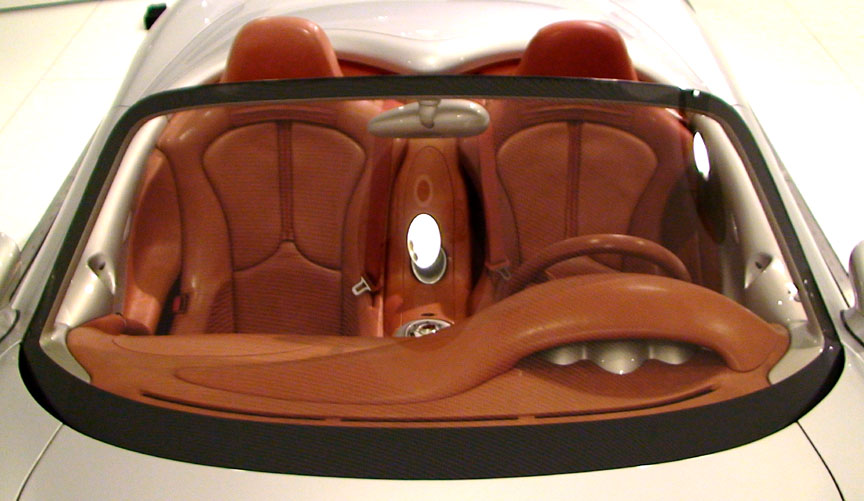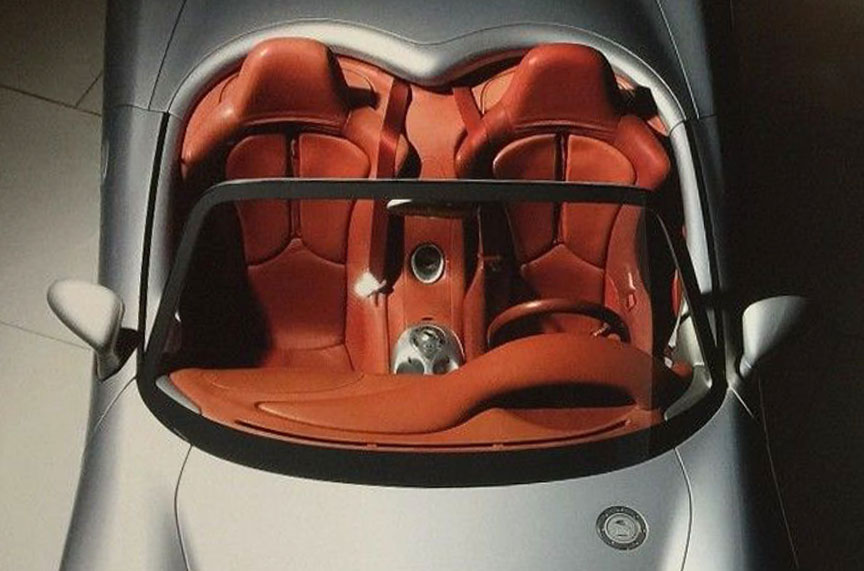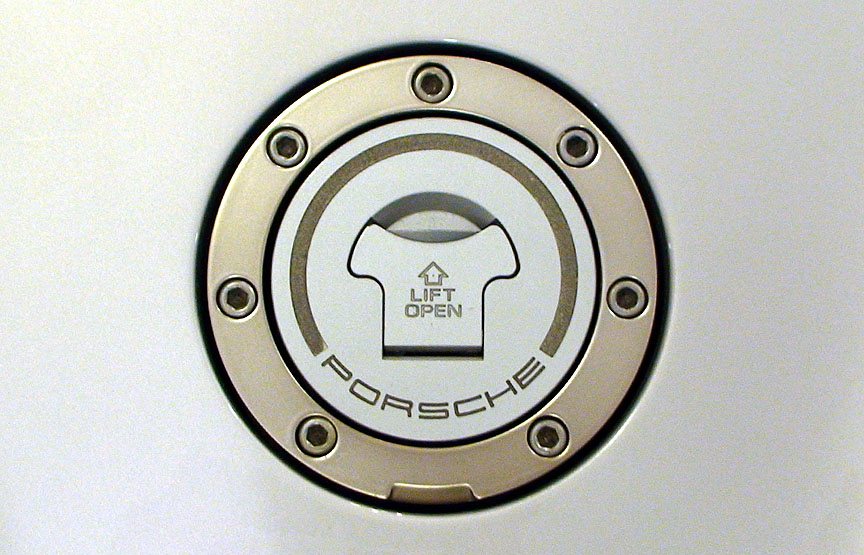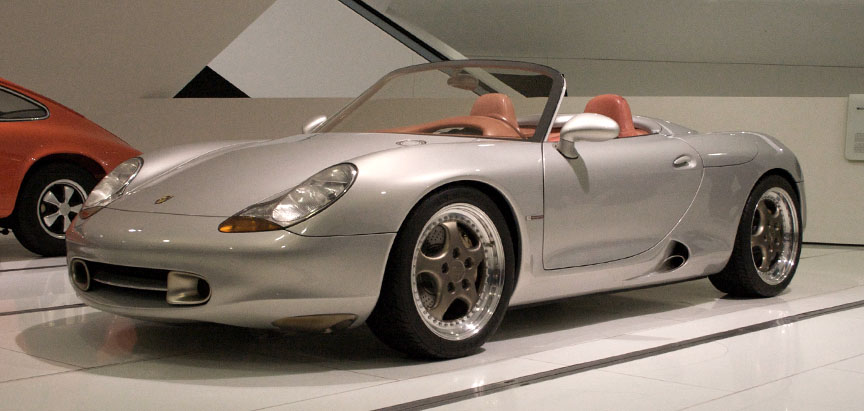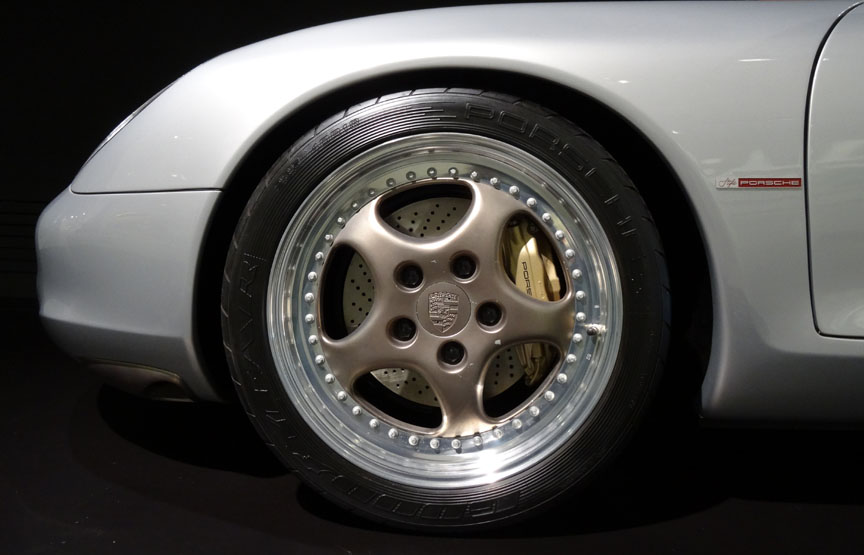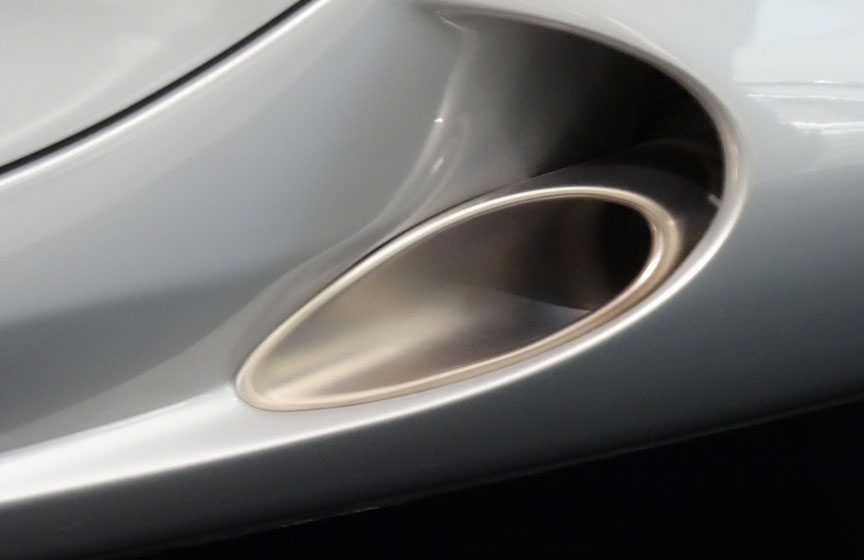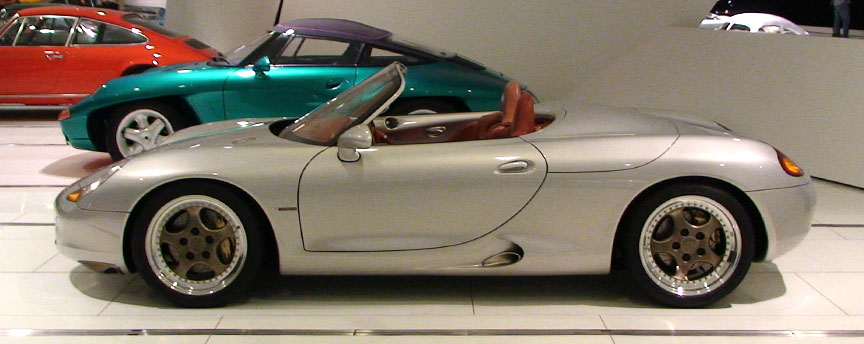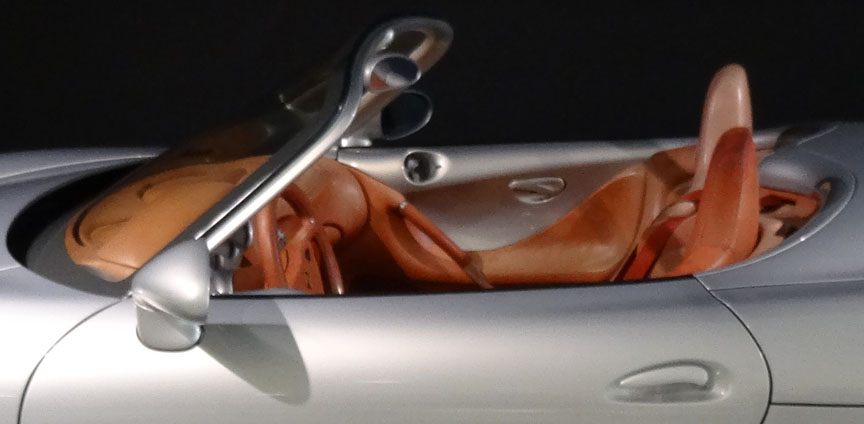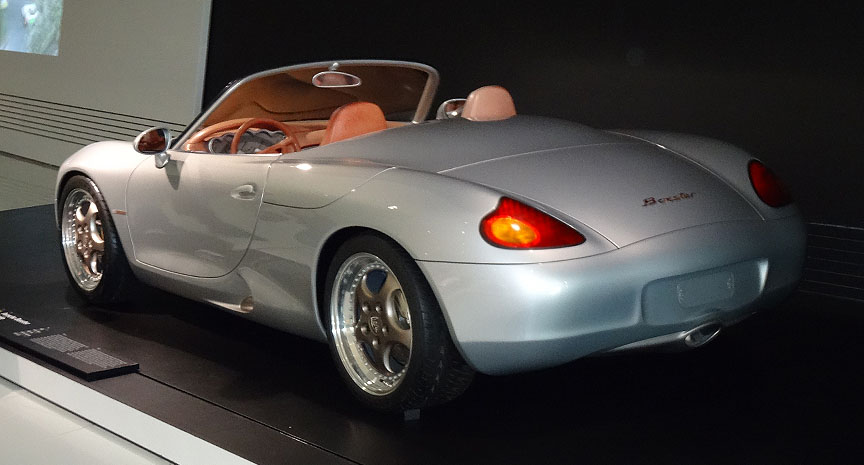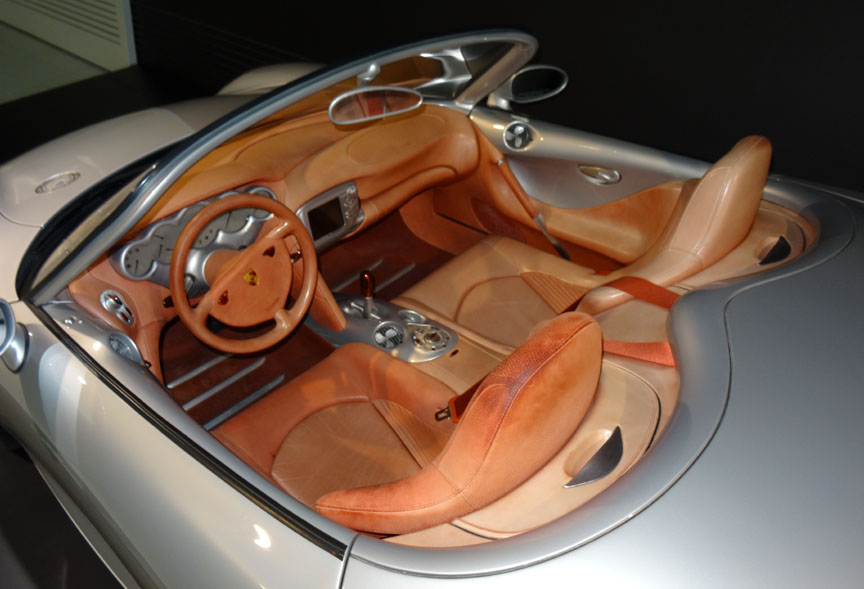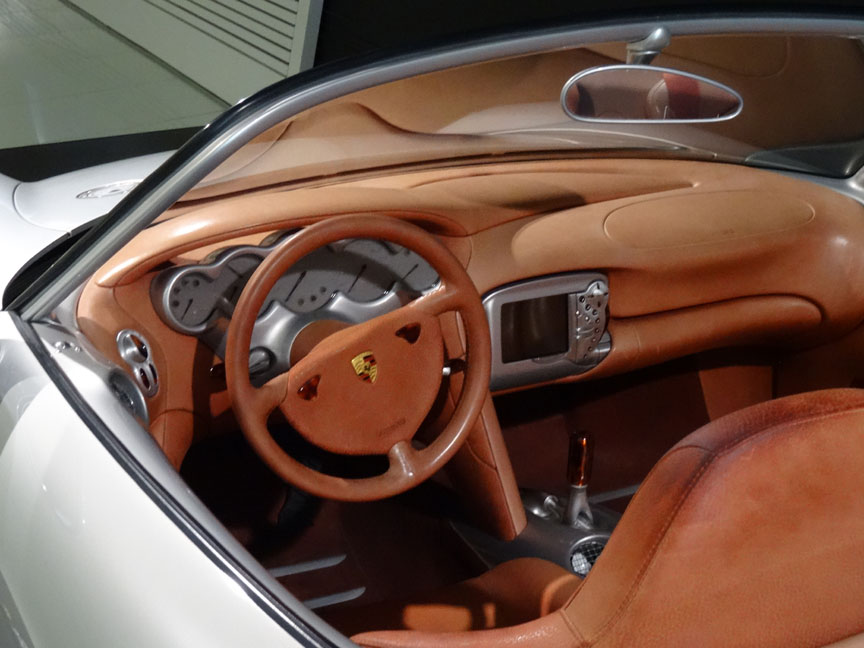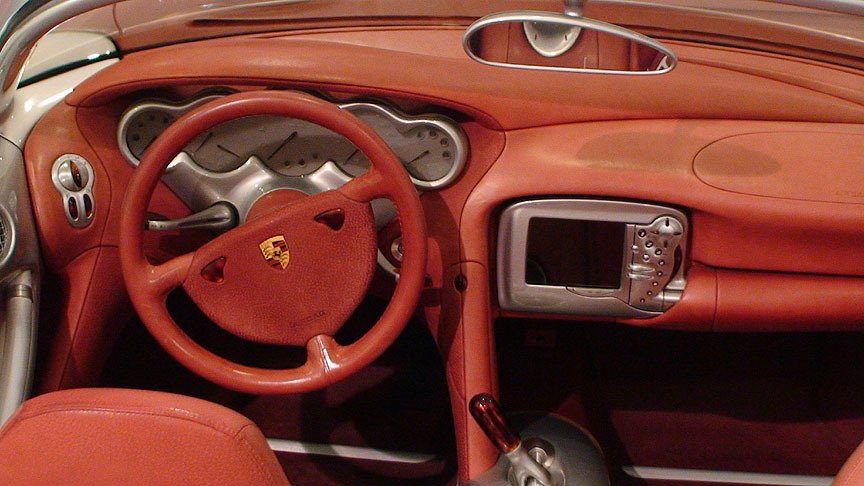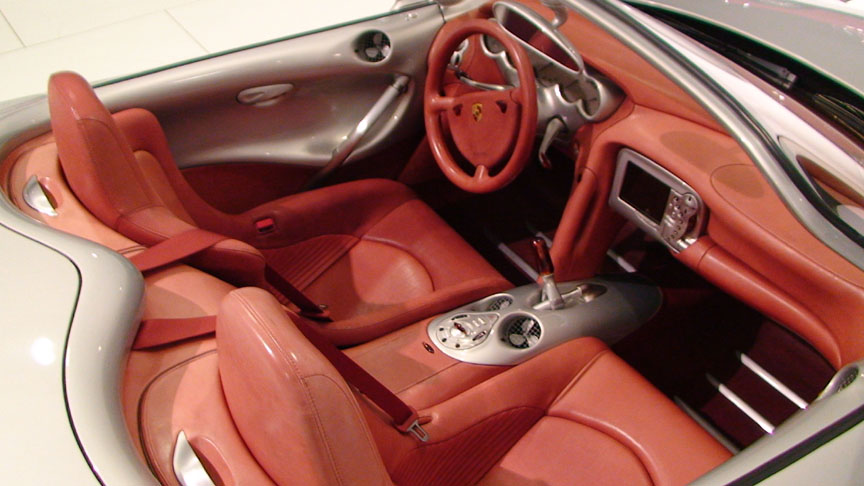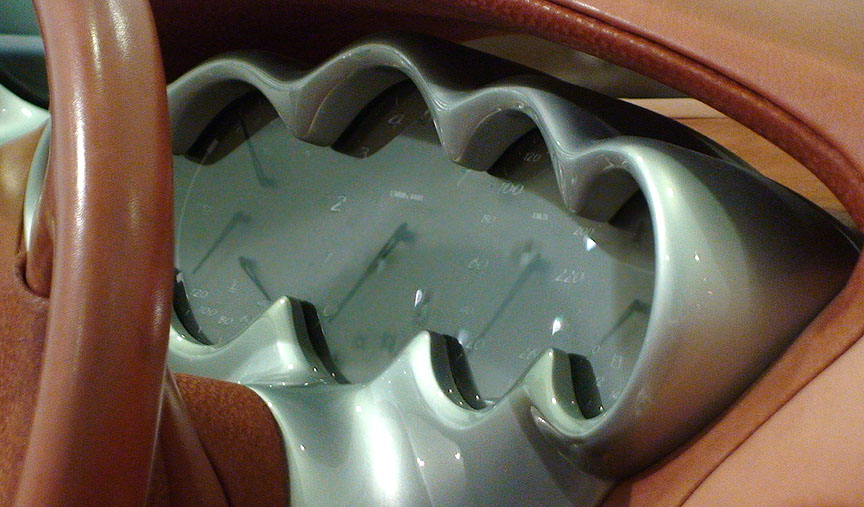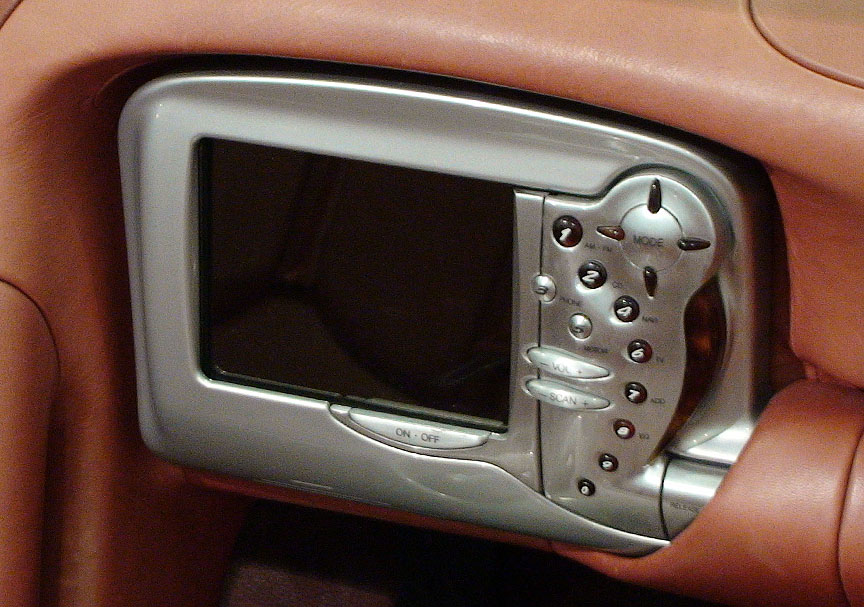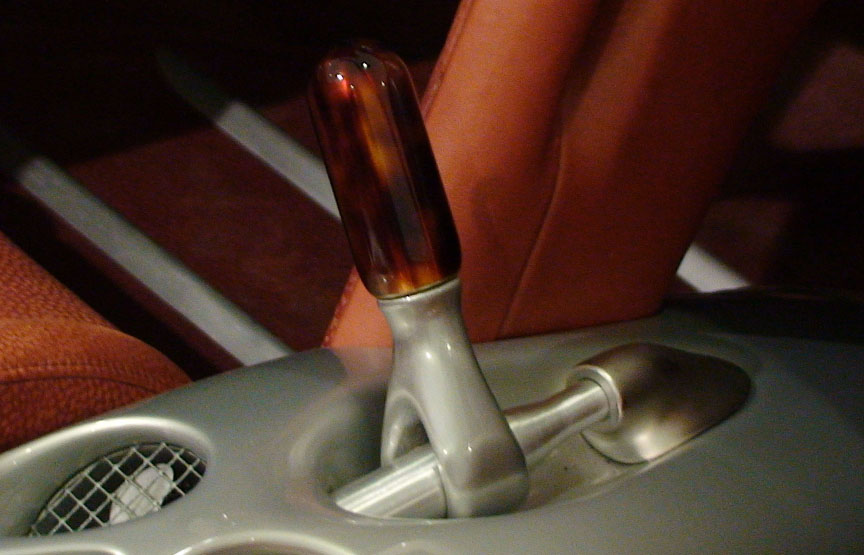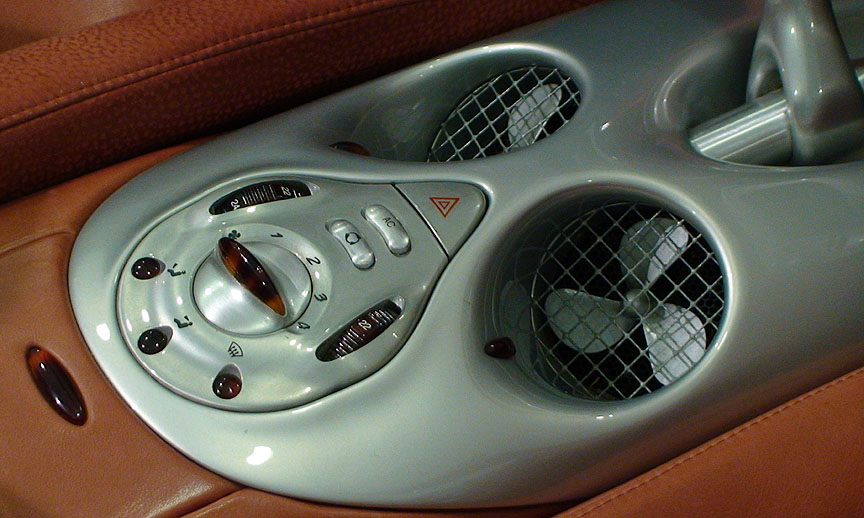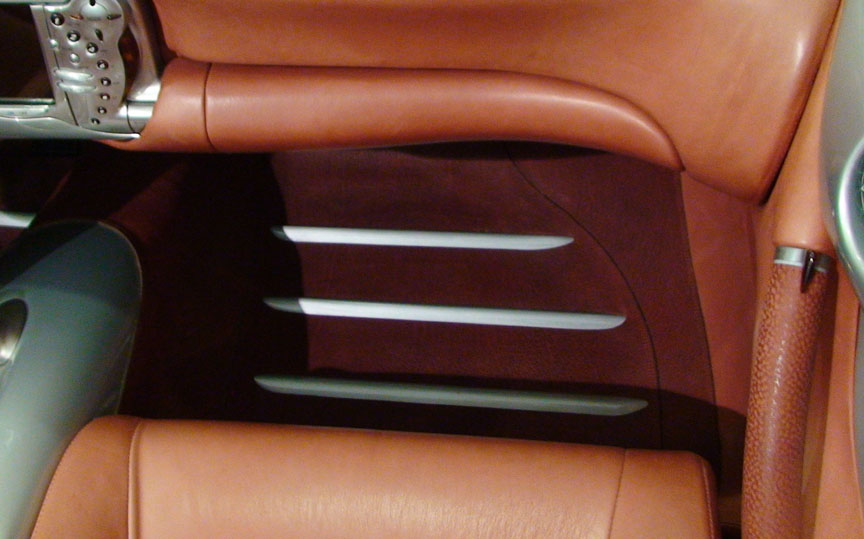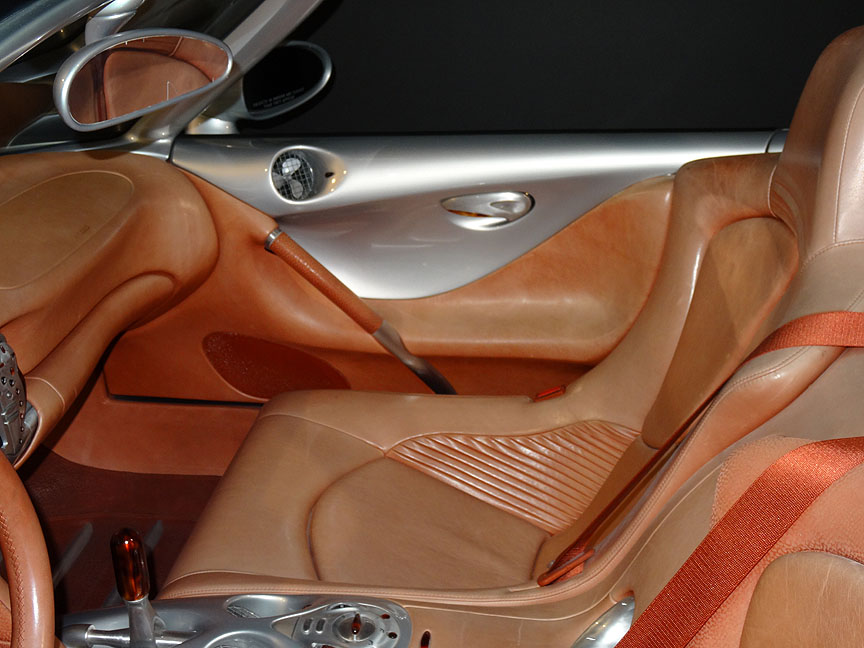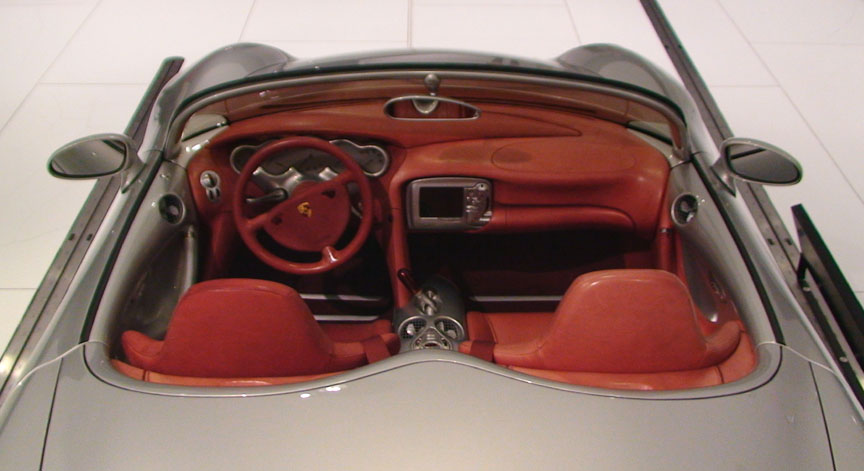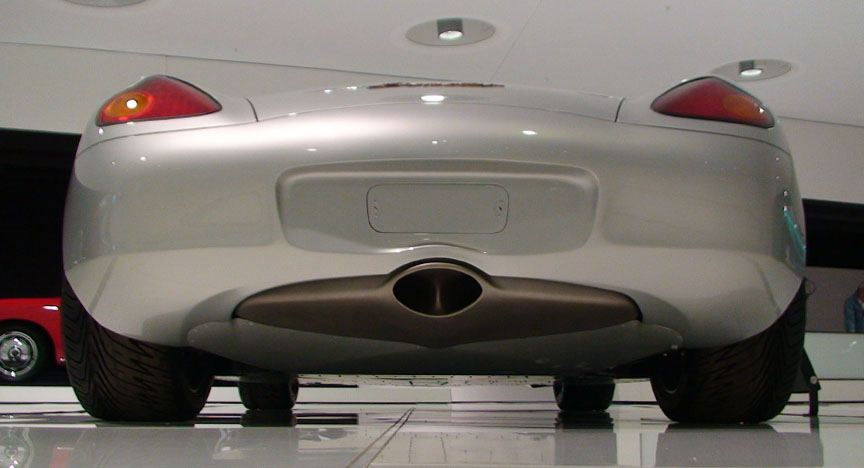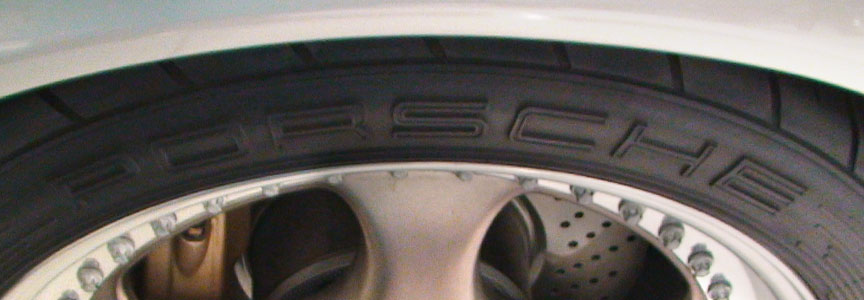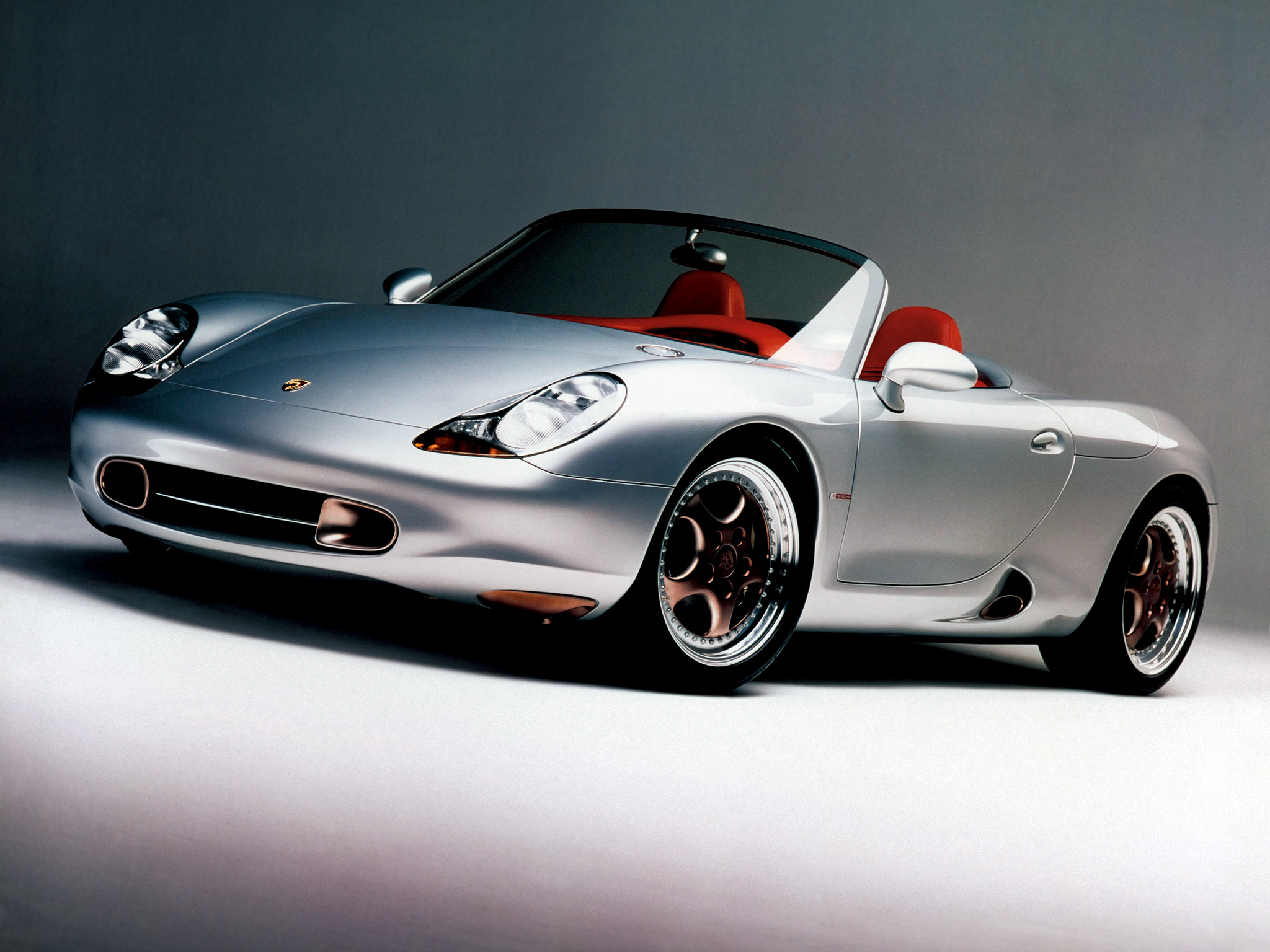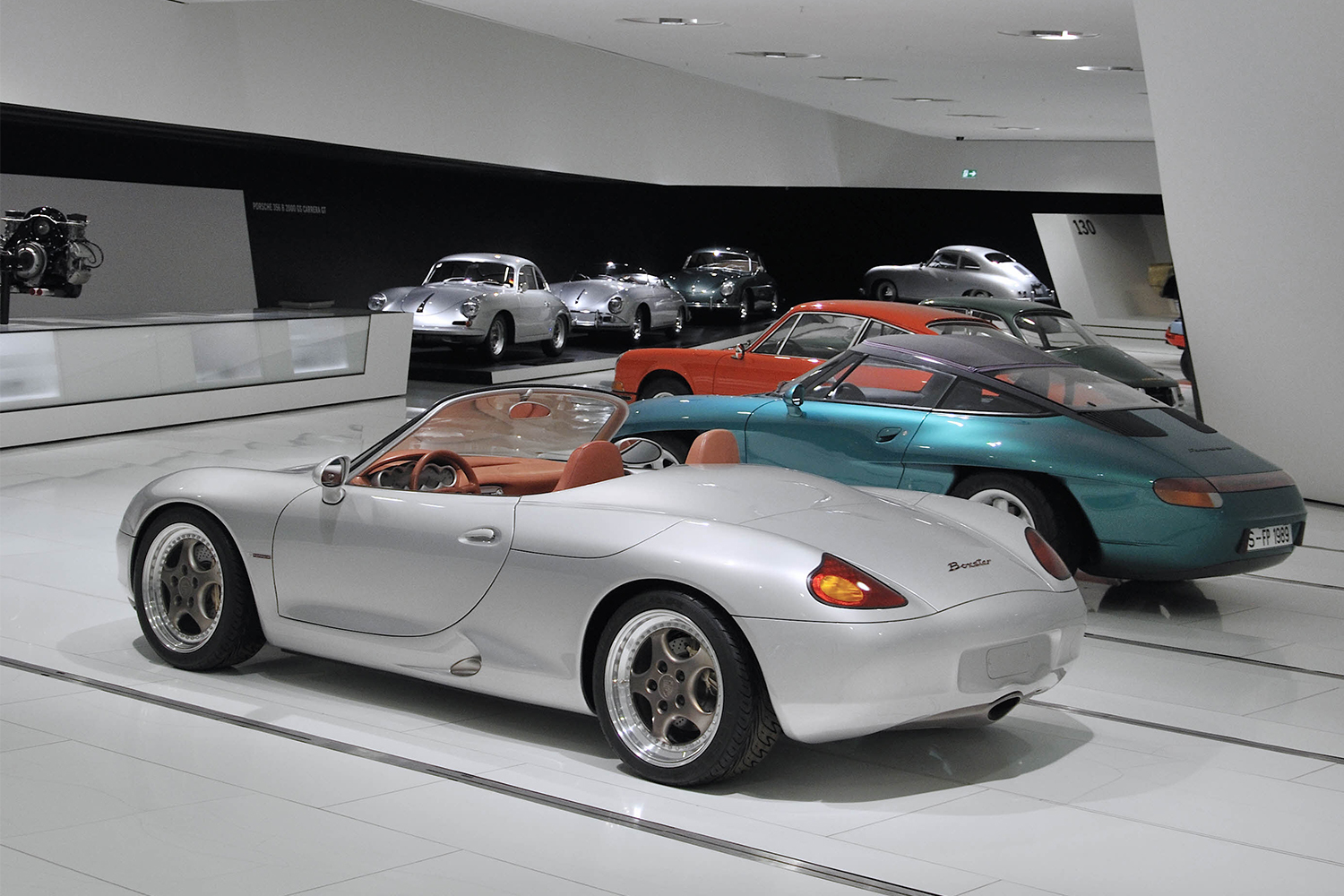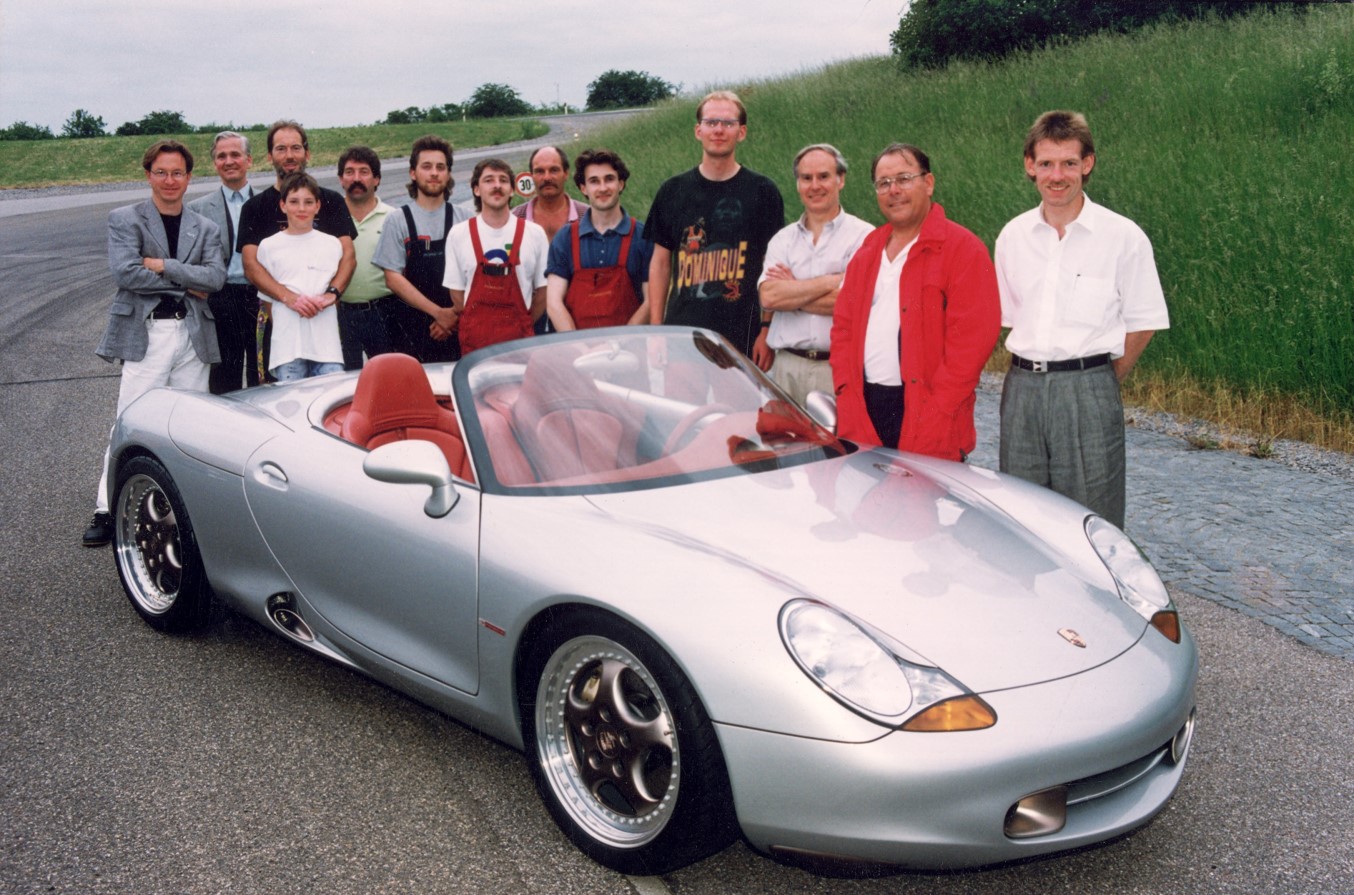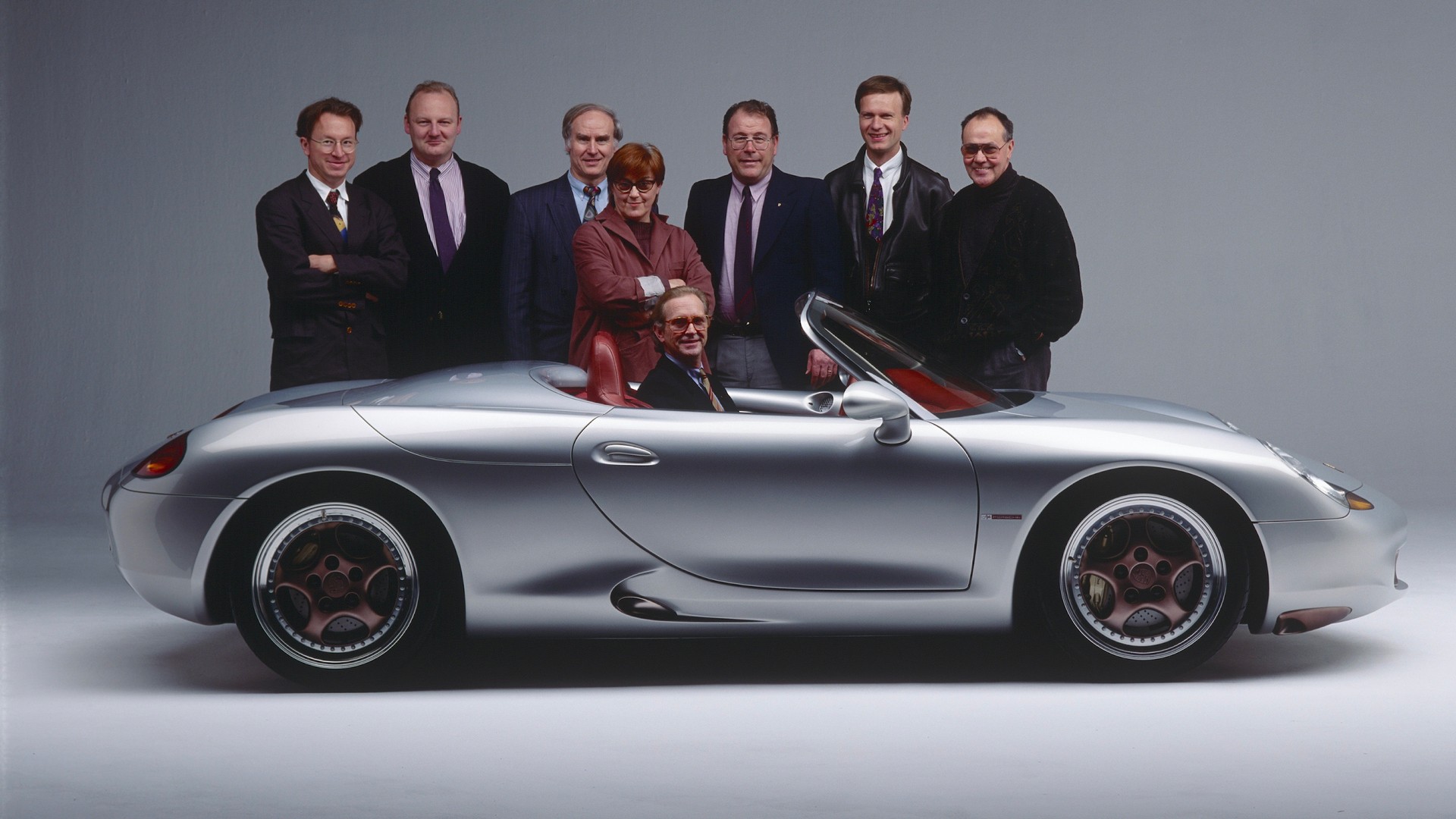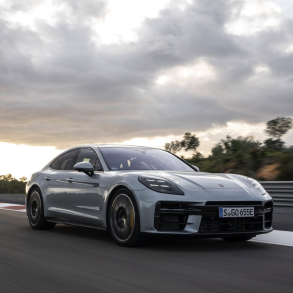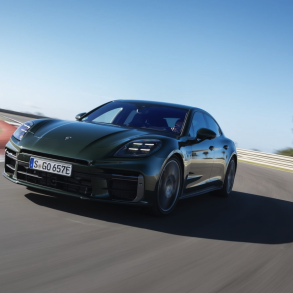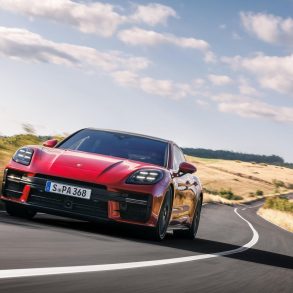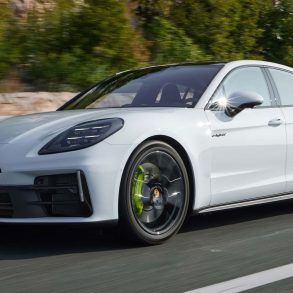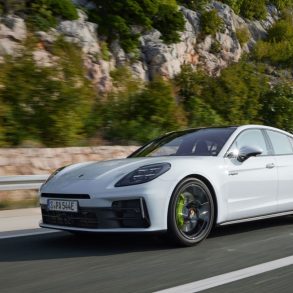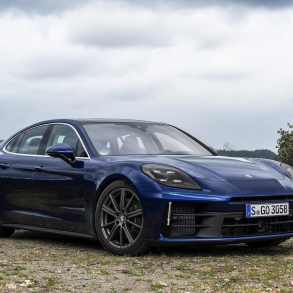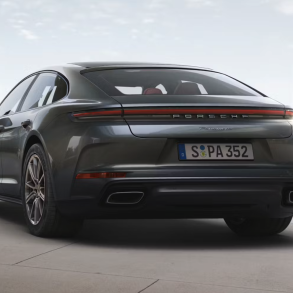Porsche Boxster Concept (1993)
Premiere on January 6 1993 at NAIAS North American International Auto Show in Detroit
At the 1993 Detroit Motor Show, Porsche unveiled the Porsche Boxster Concept, an open, two-setter, mid-engined concept to rapturous applause. Porsche wanted to launch a product that would take advantage of the roadster craze that had been started by the Mazda Miata/MX-5 in 1989. Porsche looked at that MX-5 Miata’s success, thinking that it would be worth to try replicating the formula in accordance with Porsche’s sporting past and thus sell a more affordable, volume model below the 911.
Under then-chief designer Harm Lagaay, different versions of the Boxster concept car were created by designers Grant Larson, Pinky Lai, Matthias Kulla, Stephen Murkett and Wolfgang Möbius. The Boxster concept would be the first clear statement car created during Lagaay’s tenure, as the 993-generation Neunelfer, which was also credited to the Dutchman, still owed quite a bit to the stylistic legacy of his predecessor, Anatole Lapine. Responsible for this excellent exterior was American car designer, Grant Larson, whose German colleague, Stefan Stark, was in charge of the interior design, with both working under then-chief designer, Lagaay.
The company decided to preview the model with a concept, and Grant Larson who was responsible for advance development in the Design department at the time went to work. Larson says he was given “full freedom” in regards to design and noted “all drafts were produced as 2D drawings … not on a screen like today.” A number of sketches were created including some that bear little resemblance to the Boxster we know today.
The design was honed over the course of a year and Larson noted his boss, Harm Lagaaij, really pushed him to focus on “detailed forms.” In the end, the concept incorporated a number of cues from the 550 Spyder and 718 RS 60. Among them were a mid-engine layout, a short rear overhang and a center mounted exhaust.
The interior included an aluminium instrument surround that played host to five dials with the revolution counter in pride of place. A novel feature was that the calibrations were engraved on the covering glass. An LCD (liquid-crystal display) screen was positioned in the centre of the dashboard and it included a radio, TV/video, navigational aid, onboard computer system and the inevitable telephone. The exposed gear lever on the transmission tunnel was set in an aluminium console that also contained two miniature cooling fans and ventilation controls.
By the end of 1992, the Boxster concept car was finished down to the details. It had the design level and finish of a very high end car while it was presented as a very affordable future model. It looked good from its neat asymmetrical headlamps and distinctive curved doors, to the flush rear lights that incorporated LED (light-emitting diode) technology.
Porsche originally planned to unveil the concept at the 1993 Geneva Motor Show, but its introduction was moved up a few months because the company didn’t “want to waste any time.” Furthermore as Larson noted, “Our focus with the roadster was on the US market, where Porsche was weak at the time, and where Mazda with its Miata and BMW with the Z1 were already present in the roadster segment.”
Customers were ready to order the car immediately. While the Boxster concept car was simply amazing, it was a concept car and that meant only the general idea was carried over to the production model that was launched in 1996.
Porsche’s Take
1993: The moment of change
At the beginning of the 1990s, Porsche finds itself at an economic low. Above all, the sharp drop in the US dollar heralds the start of increasing problems in 1986, causing the company to slide deep into the red. In Fiscal Year 1991, Porsche reports only 23,000 units sold – five years previously, it sold more than double this figure. By the end of 1992, the loss reaches 240 million Deutsche Mark. Then, in January 1993, a glimmer of hope appears on the horizon. Or rather, it starts to shine – from Detroit right the way to Zuffenhausen.
Porsche springs a surprise at the traditional Detroit Motor Show with a sensational concept car. The organisers ban the crisis-ridden Swabians to a quiet corner of the exhibition centre. But all at once, the small Porsche stand becomes the big attraction. That is where a car is presented that rekindles sports car dreams of the 1950s. It smells of James Dean and the wide, wide world of open-top driving; it is reminiscent of Hans Herrmann and Umberto Maglioli; and its cheeky elegance and noble design with its love of detail go straight to the hearts of car enthusiasts: the Porsche Boxster. At last here is a mid-engine car, a two-seater and a flighty speedster! At last here is a genuine roadster!
Porsche Boxter: Vision of the sports car of the future
The Boxster prototype suddenly becomes “Best of Show”. The visitors are enthralled; customers line up and place their orders like mad; many even write blank cheques – for a car which is officially only a concept car, a “prototype” and an “interpretation of typical stylistic elements”. On this day, a bolt of lightning runs through Porsche AG. The success in Detroit spreads like wildfire, also among the work force. Within three years, the Boxster is ready for production – and supports an economic upswing starting in 1996. This year, Porsche sells around 32,000 vehicles – half of them bear the Boxster badge on their rear. Porsche finally returns to positive figures.
Porsche announces the Boxster in Detroit as a “vision of the sports car of the future”. How true – at least the future of the sports car from Zuffenhausen can look forward to a bright future after the Motor Show.
The Details
